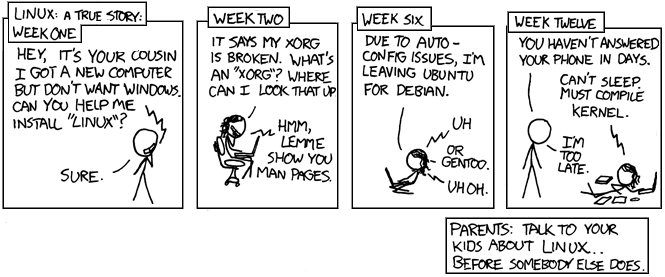* News about Mint
mintInstall 5 was released in Romeo (the unstable branch of our repositories)
Clem states in the announcement for mintInstall that the Elyssa KDE CE should be released anytime now.
* News about Linux
Security alert:
Adobe Flash ads launching clipboard hijack attack – this works on Windows, Mac and Linux
Better MSN support in Pidgin
Linux popularity across the globe
The final release of Zenwalk Linux 5.2 “GNOME” edition
MEPIS released of antiX MEPIS 7.5 designed to run on computers with older or limited hardware
At approximately the same time as our server was hacked Red Hat / Fedora experienced a more severe intrusion
Link for Fedora (this is the message from Fedora published by IDG.se – the best link I found).
This is now resolved but some packages were signed by the intruder
Microsoft to pay Novell $100 mln more for Linux support
openSUSE to Add SELinux Basic Enablement in 11.1
10 Most Beautiful Plasma Themes for KDE 4 Desktop – more beautiful than Mint KDE 🙂 ? (Mint still don’t use KDE 4)
* News about IT
SecondLife rolls out Mono-powered servers
Thousands of UK file-sharers face legal action
Comcast to “throttle down” “bandwidth hogs”
UK.gov to spend hundreds of millions on “snooping silo”. This is very similar to a controversial Swedish act.
A rather technical article on security when you log in to your bank, for those who want a deep background. More here – about PCI-DSS
A growing list of name-brand websites are accused of exposing its readers to dangerous ads.
OSU Open Source Lab gets $300,000 from Google
US presidential candidate John McCain is a pirate
As a result of some skilful phishing 1.5m spam emails was sent from compromised University accounts
Scammers replace credit card readers in Irish stores
Groups urge states to tackle more cybercrime
* Hardware news
IBM and AMD first at 22 nm, challenge Intel’s manufacturing lead
Intel shows off solid-state drive road maps
Security flaw in Nokia cell phones – did they pay to get the information?
* Trivia and other links

* More about Linux Mint
How to donate
You find the Wallpaper of the Month in the Blog
* Editors comment
As always – if you find something I’ve missed in the newsletter please tell me – you can post a comment here
Enjoy life
Husse


